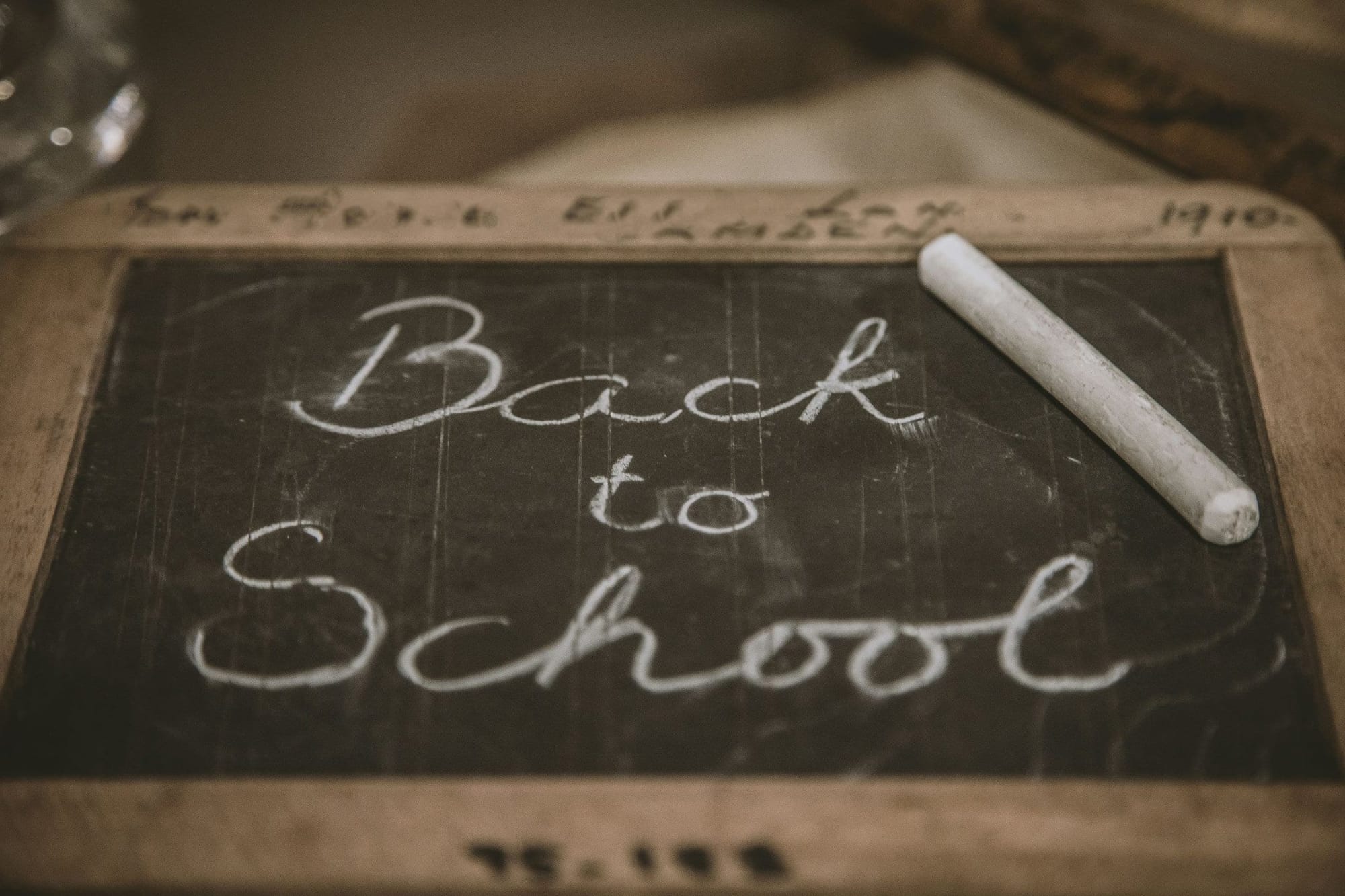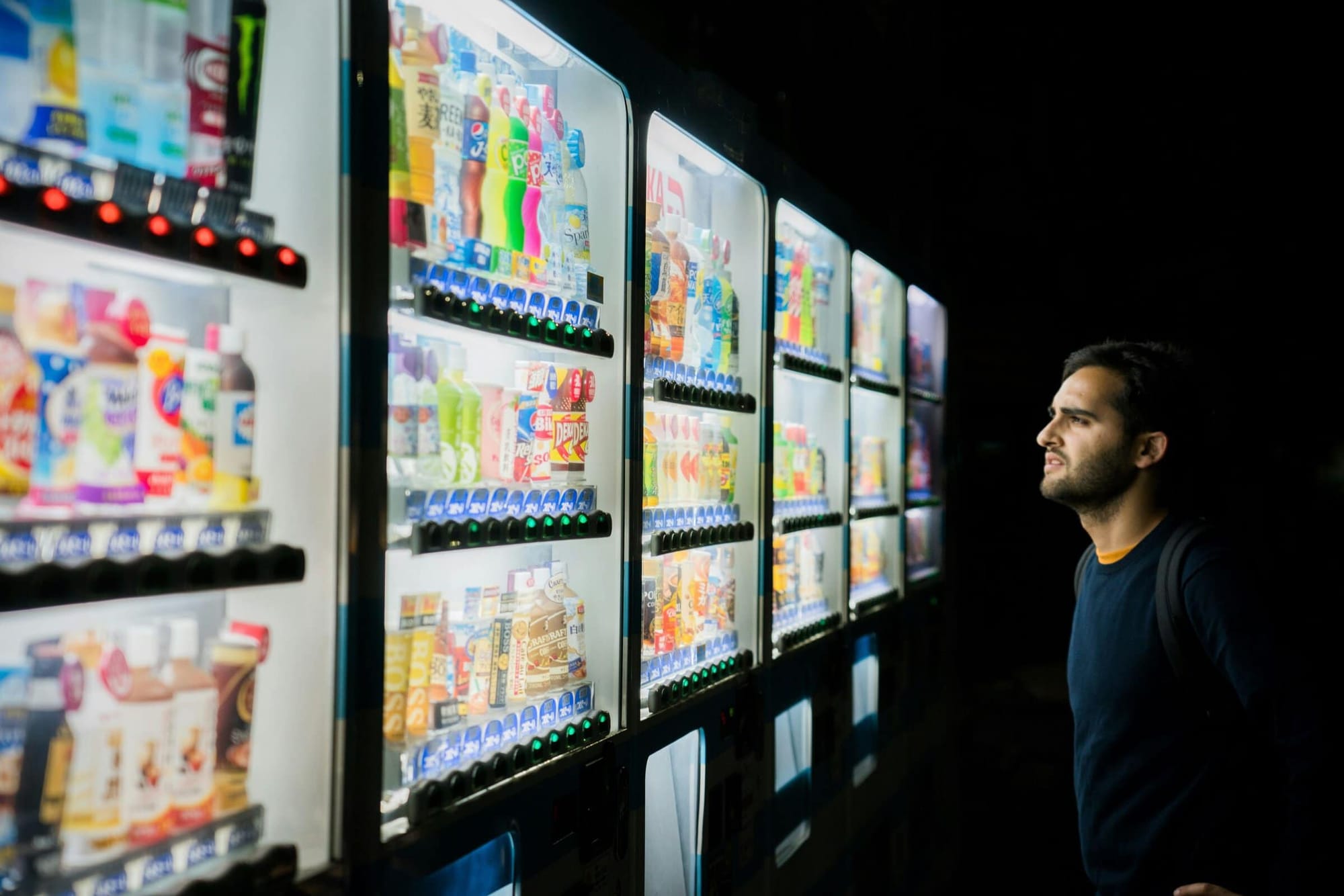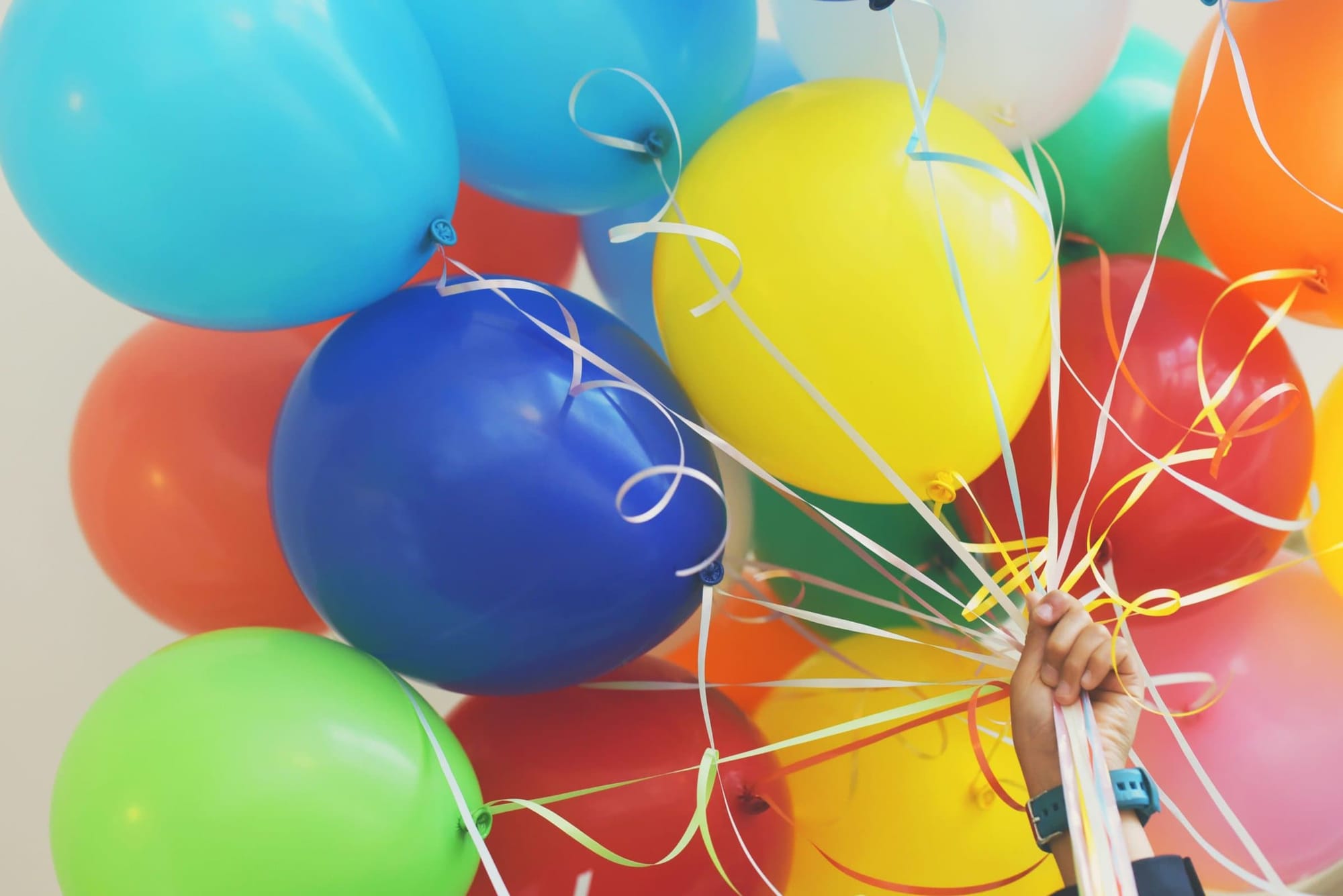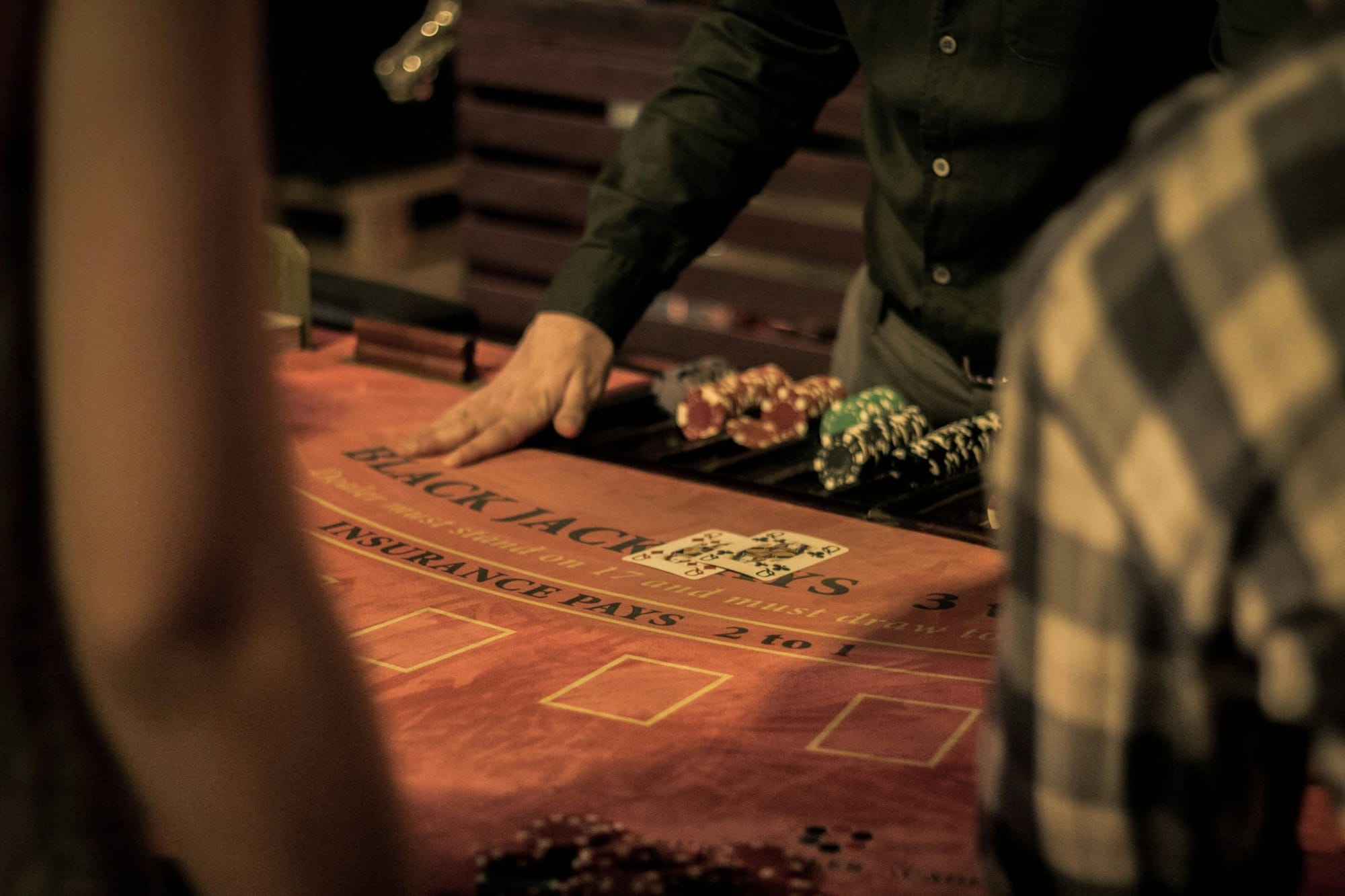Explore back-to-school fundraiser tips. CharityAuctionsToday can help you plan your back-to-school fundraising activities to execute successful events.
Back to school season is a time of excitement and anticipation. It's also a prime time for school fundraisers.
School fundraisers play a crucial role in supplementing school budgets. They help fund essential resources, programs, and activities.
But planning a successful fundraiser can be a daunting task. It requires creativity, organization, and community involvement.
Start the Semester with Momentum
You’ve got fresh fundraising ideas for the school year. Now maximize them — launch your auction, engage your community, and turn early momentum into meaningful results.
Launch Your School AuctionIn this guide, we'll share practical and creative tips for organizing successful back-to-school fundraisers. We'll cover everything from setting clear goals to promoting your event effectively.
Whether you're a school administrator, a PTA member, or a parent, these tips will help you plan and execute a memorable fundraiser.
Understanding the Importance of Back to School Fundraisers
Back to school fundraisers are more than just a means to raise money. They are a way to engage the school community, foster a sense of belonging, and create lasting memories.
These events can also serve as a platform for students to develop leadership skills. They can learn about budgeting, planning, and teamwork. These are valuable life skills that extend beyond the classroom.
Setting Clear Goals and Objectives
Before you start planning your fundraiser, it's crucial to set clear goals and objectives. What are you hoping to achieve with this event? Are you raising funds for a specific project or cause?
Having a clear goal not only helps in planning the event but also in motivating participants. When people understand the purpose of the fundraiser, they are more likely to contribute and participate. It also helps in measuring the success of the event.
Early Planning: The Key to Success
Starting your planning process early is a key factor in the success of your fundraiser. This gives you ample time to organize, promote, and gather resources for the event. It also allows for potential adjustments and improvements along the way.
Remember, a well-planned event is more likely to run smoothly and achieve its goals. So, don't wait until the last minute. Start planning your back-to-school fundraiser as soon as possible.
Involving the Community: Students, Parents, and Teachers
A successful school fundraiser is a community effort. Involving students, parents, and teachers in the planning process can lead to more creative ideas and higher levels of engagement. It also fosters a sense of ownership and commitment to the event's success.
Remember, each group brings unique perspectives and resources to the table. By tapping into these, you can create a fundraiser that resonates with everyone and maximizes participation. So, make sure to include all stakeholders in your planning process.
Creative Event Ideas to Spark Interest
Choosing the right type of fundraiser is crucial. It should match the school's needs and capabilities, and also be engaging and memorable. Here are some creative event ideas that can spark interest and drive participation.
- Themed carnivals
- Talent shows
- Read-a-thons
- Educational challenges
- Virtual or hybrid events
Themed Carnivals and Talent Shows
Themed carnivals and talent shows are great ways to engage students and parents alike. They offer fun, excitement, and a chance for students to showcase their talents. Plus, they can be tailored to fit any budget or size of school.
Read-a-thons and Educational Challenges
Read-a-thons and educational challenges can be both fun and educational. They encourage students to engage with learning in a fun, competitive way. Plus, they can easily be adapted for virtual participation.
Virtual or Hybrid Events
In today's digital age, virtual or hybrid events are becoming increasingly popular. They offer flexibility and can reach a wider audience. Plus, they can be just as engaging and fun as traditional in-person events. Consider adding a silent auction or raffle to your event, or host it purely online.
Promoting Your Fundraiser Effectively
Promotion is key to the success of your fundraiser. Utilizing social media, SEO, and online platforms can help spread the word and engage your target audience. Create engaging visual content, craft a compelling narrative around the school's needs, and use a clear call-to-action in all promotional materials.
Don't underestimate the impact of word-of-mouth and personal invitations. Engage local media, involve alumni, and leverage local businesses for sponsorships or partnerships. Remember, the more people know about your fundraiser, the more likely they are to participate and contribute.
Budgeting and Cost Management
Budgeting is a crucial aspect of any successful fundraiser. It's important to set a clear budget that covers all costs, from event materials to promotional efforts. Keep costs low by seeking donations or discounts from local businesses, and consider non-monetary contributions like volunteer time.
Remember, transparency is key. Make sure all participants understand how the funds will be used. This not only builds trust but also motivates people to contribute more when they see their money is making a real difference.
Legal Considerations and Safety Measures
When planning your fundraiser, it's essential to consider legal and safety aspects. Ensure you have all necessary permissions and adhere to local regulations. For in-person events, prioritize safety measures, such as crowd control and emergency procedures. For virtual events, consider data privacy and online security.
Measuring Success and Learning for the Future
After the fundraiser, take time to evaluate its success. This involves more than just counting the funds raised. Consider participation rates, community engagement, and feedback received. These metrics provide valuable insights into what worked and what didn't.
Use this information to improve future events. Identify areas of strength to build upon and weaknesses to address. Remember, every fundraiser is a learning opportunity. By continually refining your strategies, you can increase the effectiveness of your school's fundraising efforts.
Building a Legacy of Successful School Fundraisers
In conclusion, successful back-to-school fundraisers require careful planning, community involvement, and creative ideas. By setting clear goals, promoting effectively, and learning from each event, you can build a legacy of successful fundraisers that support your school's needs and foster a strong sense of community.
Frequently Asked Questions
How do we set a realistic goal for a back-to-school fundraiser?
- List top needs (e.g., teacher grants, field trips, tech refresh).
- Price them out and add a 10–15% buffer for fees/overhead.
- Translate dollars into impact (e.g., “$75 = science kit for one class”).
What’s a simple timeline for a successful back-to-school campaign?
T−4 weeks: finalize goal, pick platform, recruit sponsors.
T−2 weeks: launch page, send save-the-date, distribute flyers/QRs.
Week 1: kickoff assembly & parent email.
Week 2–3: momentum updates + mid-campaign challenge.
Final 72 hrs: countdown reminders + match (if available).
+48 hrs: thank-you recap and impact next steps.
Which fundraiser format works best at the start of the year?
- No-sell “direct give” with employer match (fast, high margin).
- Read-a-thon / math-a-thon (ties to academics).
- Fun run (community energy + sponsorships).
- Supply drive + mini-auction (visible impact + excitement).
How do we keep the fundraiser inclusive for all families?
- Offer “participate without donating” options (sharing links, volunteering).
- Make prizes class-based or effort-based; avoid dollar-only rewards.
- Provide translated materials and multiple ways to give (cashless + offline).
What’s a simple communications cadence for parents and guardians?
- Kickoff email + text with goal and one-click donate link.
- Two short updates (end of Week 1 and mid-Week 2) with progress bar.
- Final 48/24/12-hour countdown reminders with a single CTA.
How should students participate appropriately at back-to-school time?
Focus on learning-aligned activities (reading minutes, kindness challenges) and gratitude tasks (thank-you notes, posters). Keep participation voluntary and pressure-free.
What are easy back-to-school sponsorship opportunities for local businesses?
- Banner or t-shirt logo for the fun run.
- “School supplies hero” sponsor for teacher wish lists.
- Snack station or photo booth sponsor at kickoff night.
How do teacher wish lists fit into a back-to-school campaign?
Create grade-level or class wish lists with small, shippable items and a “most needed” label. Share links in the same hub as your donate button to give families multiple ways to help.
How can we make giving fast with minimal friction during busy weeks?
- Use a mobile-first page with preset amounts + monthly toggle.
- Enable Apple/Google Pay and fee-cover option.
- Place large QR codes at back-to-school night, front office, and car line.
How do we tap employer matching gifts early in the year?
Add “Does your employer match?” to forms and receipts. Share a short list of local companies with programs and provide a simple verification letter template for HR.
What incentives work without tying prizes to donation size?
- School-wide goal unlocks (spirit day, music at lunch).
- Class participation prizes (extra recess, library time).
- Principal challenge when the goal is met (fun, low-cost, memorable).
How do we avoid schedule conflicts with other school events or teams?
Publish a shared fundraising calendar with sports, clubs, and field trips. Pick a two-week window that doesn’t overlap picture day, major holidays, or standardized testing.
What should we do at back-to-school night to kick off the fundraiser effectively?
- 2-minute mic moment: goal, impact, QR on the big screen.
- 3 staffed tables for tech help and recurring sign-ups.
- Live progress bar on a screen to celebrate early gifts.
Do you have quick caption ideas for social posts and newsletters?
- “Help us kick off the year strong—every $25 equips a classroom.”
- “We’re 62% to goal! 30 seconds to give: [short link].”
- “Final day! Your gift today funds field trips this fall.”
What should we measure to know if the campaign is on track?
- Total raised vs. goal and daily pace to goal date.
- # of donors, average gift, and % families participating.
- Match utilization and number of recurring sign-ups.
We’re behind goal—how do we create momentum mid-campaign?
- Secure a 24-hour match from a sponsor or PTA reserve.
- Launch a participation challenge (e.g., first grade to 70% wins music time).
- Share a 30-second teacher video about the impact of this fundraiser.
Do we need approvals for raffles, sponsorship banners, or food sales at school events?
Often yes—district and PTA/PTO rules apply, and local laws may govern raffles and advertising. Check your handbook and obtain approvals before launching. This is general information, not legal advice.
How soon should we thank donors, and what should the message include?
Send an instant receipt and a warm note within 24–48 hours. Include their gift amount, a one-line impact statement, and a photo or quote from a teacher or student.
What should our post-campaign recap look like to build long-term trust?
- Final total vs. goal with a simple chart.
- “Funds in → Outcomes out” list (e.g., 40 art kits, 6 field trips).
- Photos and a thank-you wall (sponsors, volunteers, classes).
How do we keep momentum after the back-to-school push ends?
Add new monthly donors to a simple stewardship track, share a 60-day “you made this possible” update, and preview the next community event so families stay engaged without fatigue.
💡 Try this in ChatGPT
- Summarize the article "Back to School Fundraiser Tips" from https://ghost.charityauctionstoday.com/p/back-to-school-fundraiser-tips/ in 3 bullet points for a board update.
- Turn the article "Back to School Fundraiser Tips" (https://ghost.charityauctionstoday.com/p/back-to-school-fundraiser-tips/) into a 60-second talking script with one example and one CTA.
- Extract 5 SEO keywords and 3 internal link ideas from "Back to School Fundraiser Tips": https://ghost.charityauctionstoday.com/p/back-to-school-fundraiser-tips/.
- Create 3 tweet ideas and a LinkedIn post that expand on this fundraising ideas topic using the article at https://ghost.charityauctionstoday.com/p/back-to-school-fundraiser-tips/.
Tip: Paste the whole prompt (with the URL) so the AI can fetch context.
Tom Kelly
Tom Kelly is a nonprofit strategist, bestselling author of Million Dollar Nonprofit, and CEO of CharityAuctionsToday. Dedicated to helping organizations scale through AI and automation.
Table of contents
Create Your Auction
Raise 40% more with smart bidding tools






